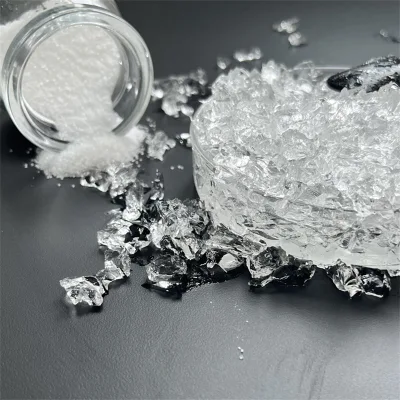GELSAP Sodium polyacrylate is a superabsorbent polymer (SAP) that has gained widespread use due to its exceptional ability to absorb and retain large amounts of liquid relative to its own mass. This polymer is commonly used in various applications where moisture management is crucial, such as in hygiene products like diapers and feminine pads, in agriculture for soil conditioning, and in certain medical applications.


The structure of sodium polyacrylate consists of long chains of repeating units derived from acrylic acid, which are cross-linked to enhance their absorption capacity. When sodium polyacrylate comes into contact with water or aqueous solutions, it undergoes significant swelling, forming a gel-like substance that traps and retains the liquid within its structure.
Due to its high absorbency, sodium polyacrylate is able to effectively absorb and lock away moisture, making it ideal for use in products that require efficient moisture control. However, it’s important to note that sodium polyacrylate is not biodegradable and requires proper disposal methods to minimize environmental impact.
The biodegradation of sodium polyacrylate, commonly used as a superabsorbent polymer in soil amendments, was studied in four agricultural soils at varying temperatures.
Biodegradability is an important characteristic to safeguard soil and groundwater quality. In this study, the degradation of a specific acrylate-based SAP was assessed using (13)CO₂ efflux measurements from (13)C-labeled SAP during soil incubations.
The SAP was either single-labeled at the carboxyl C-atom or triple-labeled, including the interlinked C-atoms in the SAP backbone. This dual labeling allowed for estimating the degradation of the polyacrylate main chain.


Results showed that after 24 weeks, the mean degradation of single-labeled SAP varied from 0.45% in loamy sand to 0.82% in loam, with no significant differences between soils due to high intra-replicate variability. Similarly, degradation did not significantly differ between temperature regimes of 20° and 30 °C after 12 weeks.
Triple-labeled SAP showed lower degradation rates compared to their single-labeled counterparts, with the polyacrylate main chain degrading, if at all, at rates of 0.12-0.24% per 6 months based on detailed analysis.

